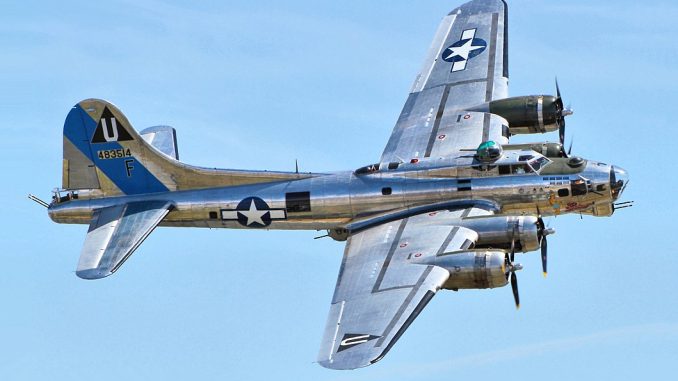
During World War II, as Germany was growing dominant in bomber technology, the United States Army Air Corps (USAAC) saw the need to elevate their own bomber capacity. The Boeing B-17 Flying Fortress was created amidst the rising need for strategic bombers that were fast, operational at high altitudes, had a long range, and capable of carrying heavy defensive armament. The robust four-engined heavy bomber — one of the first of this configuration used by the U.S. — soon got a sturdy reputation and became a critical tool to cripple enemy infrastructure from the skies. It did not stay behind in terms of production numbers either, being the third-most-produced bomber of all time, behind the American Consolidated B-24 and Junkers Ju 88 of Germany. Production reached over 12,700 B-17s between 1936 and 1945 across variants such as the B-17E, B-17F, and B-17G. From production on the ground to protection in the skies, the B-17 aced it all.
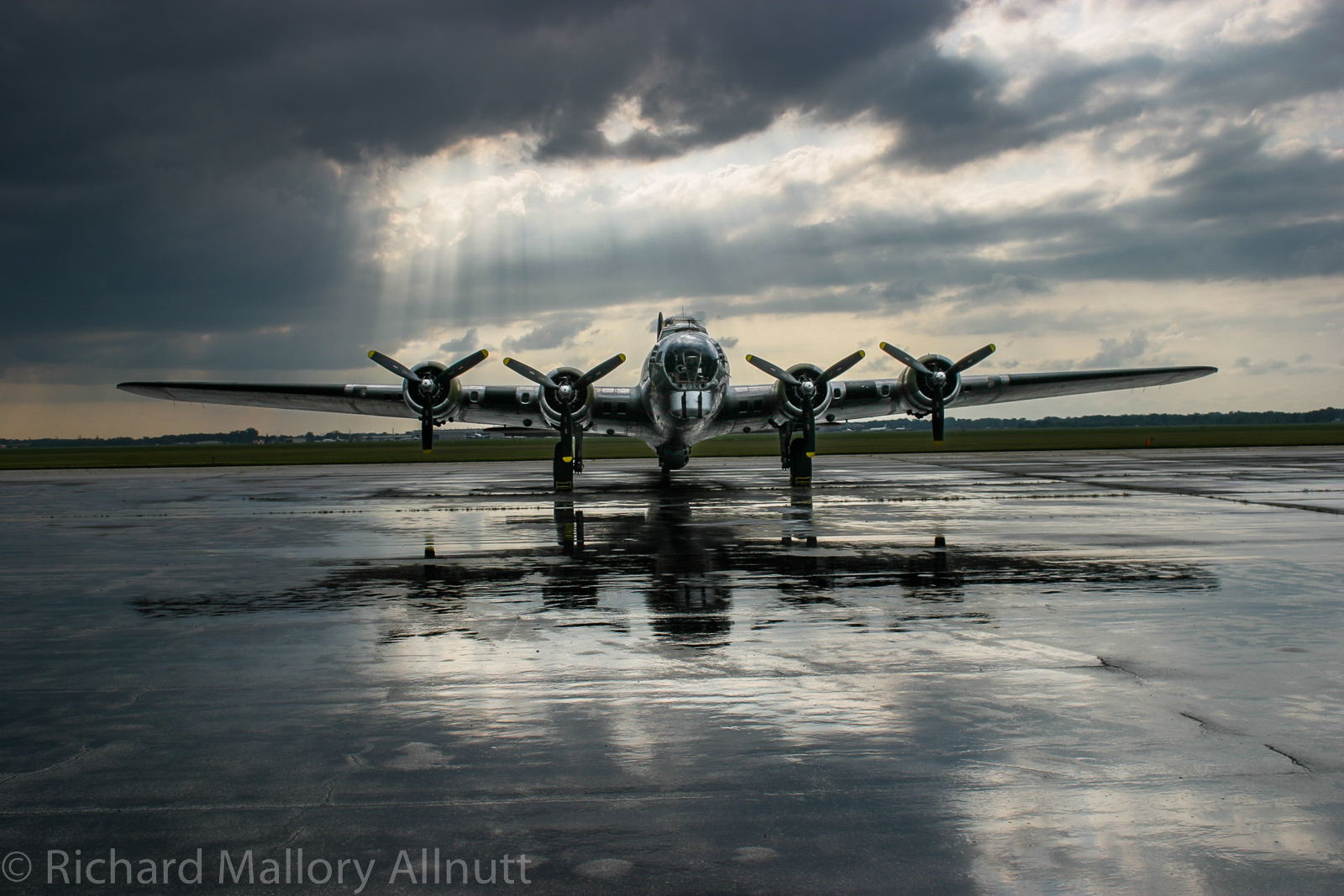
Boeing B-17 Flying Fortress: Developing an Icon
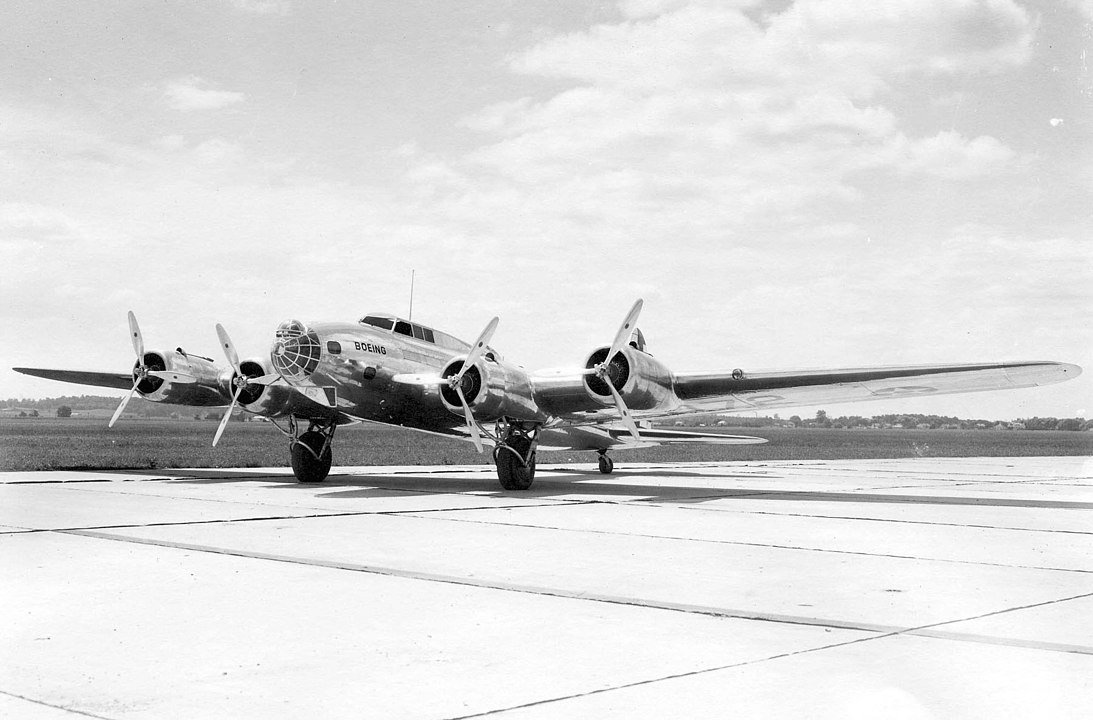
The Initial Design
Boeing started development of the Model 299 heavy bomber in the 1930s at their own expense and incorporated technological advancements, including robust defenses. The designing was carried out by a team of engineers led by E. Gifford Emery and Edward Cutis Wells. The final product was an aircraft with an armament that consisted of five 30-caliber machine guns with a payload of up to 4,800 pounds, these being mounted on two racks in the bomb behind the cockpit. The durable airframe and the heavy defensive armament earned the aircraft a nickname: Flying Fortress.
After construction of the prototype Boeing Model 299 (designated by the USAAC as the XB-17), and its first flight on July 28 1935, with test pilot Leslie Tower, the aircraft was extensively tested and proved superior to the competition. Tragically the XB-17 was lost in a crash on 30 October 1935 that claimed the lives of Tower and aircraft commander Major Ployer Peter Hill. Despite the accident, the USAAC was impressed enough to seek special funding to order 13 Y1B-17 bombers for further evaluation, which were successfully introduced into service in 1938.

Unique Features
The Boeing B-17 Flying Fortress was equipped with various innovative defense mechanisms and it also flew in tight defensive formations, allowing overlapping fields of fire from its machine guns. It was primarily known for its toughness and durability as it often returned severely damaged from the missions but with the surviving crew. The B-17 bomber’s ability to fly high and long ranges made it ideal as a daylight bomber, a strategy the United States Army Air Force (USAAF, successor to the USAAC) heavily used during World War II.
General Specifications
| Type | Heavy bomber |
| Manufacturer | Boeing |
| Engine | 4 × Wright R-1820-97 Cyclone 9-cylinder radial engines, each producing 1,200 horsepower |
| Weight | |
| Empty | 36,135 lb |
| Maximum Take-off | 65,500 lb |
Dimensions
| Wingspan | 31.6 meters |
| Length | 22.7 meters |
| Height | 5.8 meters |
Performance
| Maximum Speed | 287 mph |
| Cruising Speed | 182 mph |
| Service Ceiling | 35,600 feet |
| Range | 2,000 miles |
Top Boeing B-17 Flying Fortress Milestones
Even before entering U.S. military service the Flying Fortress was setting records, the XB-17 prototype flying from Seattle to Wright Field in nine hours and three minutes with an average cruising speed of 252 mph on 20 August 1935. This flight was much faster than its existing competition. The type was employed by the U.S. Army primarily as a daylight bomber during the Pacific War, notably over the Bismarck Sea where it performed air raids against Japanese ships and airfields.
But it was the type’s participation in the Allied strategic bombing campaign over Europe, flying in daylight with the Royal Air Force’s night bombers attacking Germany, that secured the aircraft’s place in history. These attacks involved raids on Schweinfurt and Regensburg on industrial, military, transportation, and civilian targets. The B-17 dominated WWII by being a part of 32 overseas combat groups.
Apart from its role in the war, Boeing B-17 Flying Fortresses were also used by the CIA front companies Civil Air Transport, Air America, and Intermountain Aviation for special missions. These aircraft were primarily used for agent drop missions over the People’s Republic of China, flying from Taiwan with Taiwanese crews. One such aircraft was B-17G 44-85531, registered as N809Z, which was used in trials of the innovative Fulton Skyhook recovery system.
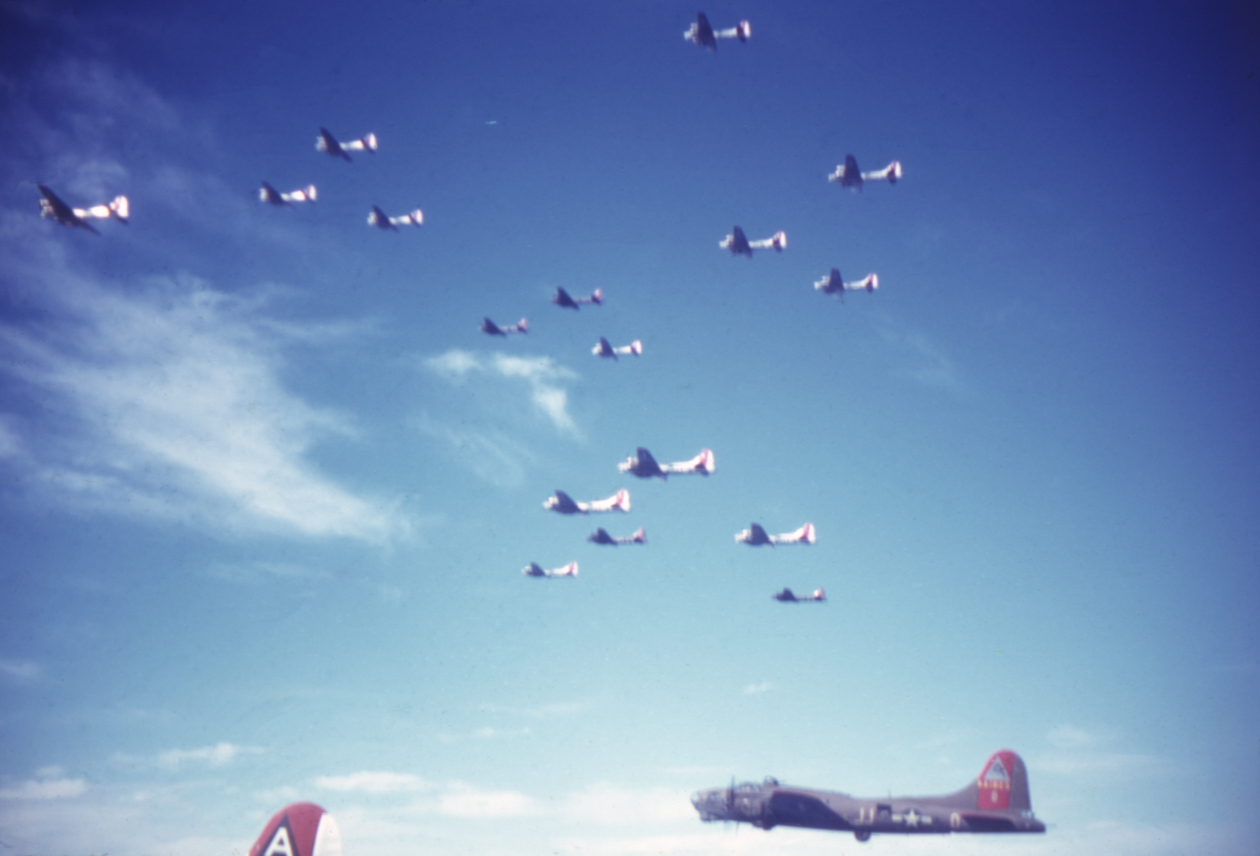
The B-17 bomber was infamous for its strong build, thus getting nicknamed the “Fortress” as it had the ability to absorb battle damage, accomplish missions, and bring back its crew safely. Wally Hoffman, a B-17 pilot with the Eighth Air Force during WWII, said, “The plane can be cut and slashed almost to pieces by enemy fire and bring its crew home.”
A famous example of such a situation was when a B-17 suffered a mid-air collision with a Focke-Wulf Fw 190 on 14 July 1943. The aircraft lost an engine, suffered severe damage to both the starboard horizontal stabilizer and the vertical stabilizer, and was also knocked out of formation by the impact. The B-17 survived and brought its crew home without injury.
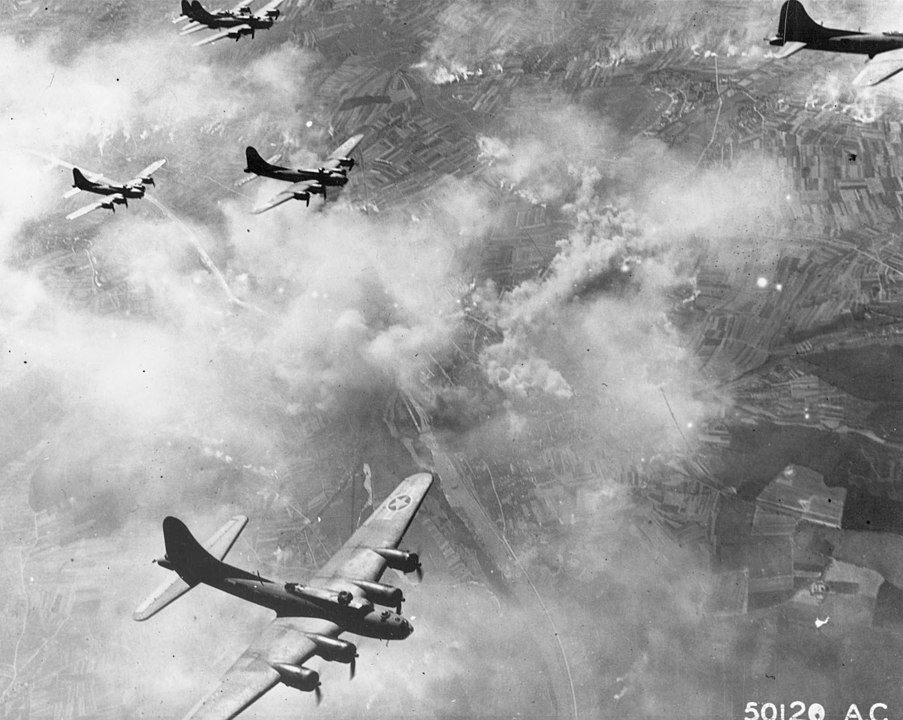
Standing Strong
After World War II, the Boeing B-17 Flying Fortress was quickly retired from its primary role as a bomber, and most of the fleet was decommissioned by the USAAF. The crews flew many of the aircraft back to the U.S., where most were sold for scrap and melted down. However, a number of B-17s continued to serve in other capacities, including VIP transport, air-sea rescue, and photo-reconnaissance missions. The United States Navy (USN) acquired 48 ex-USAAF B-17s for patrol and air-sea rescue work. As of 2024, only six B-17 aircraft are still airworthy worldwide. Around 50 others are either preserved in storage or displayed in museums, with the oldest being The Swoose, a B-17D that saw combat in the Pacific on the first day of the U.S. involvement in World War II. Several wrecks have also been discovered, some even underwater.
Through time, the Boeing B-17 Flying Fortress remains an enduring symbol of America’s industrial and military strength, often featured in airshows and historical exhibits.
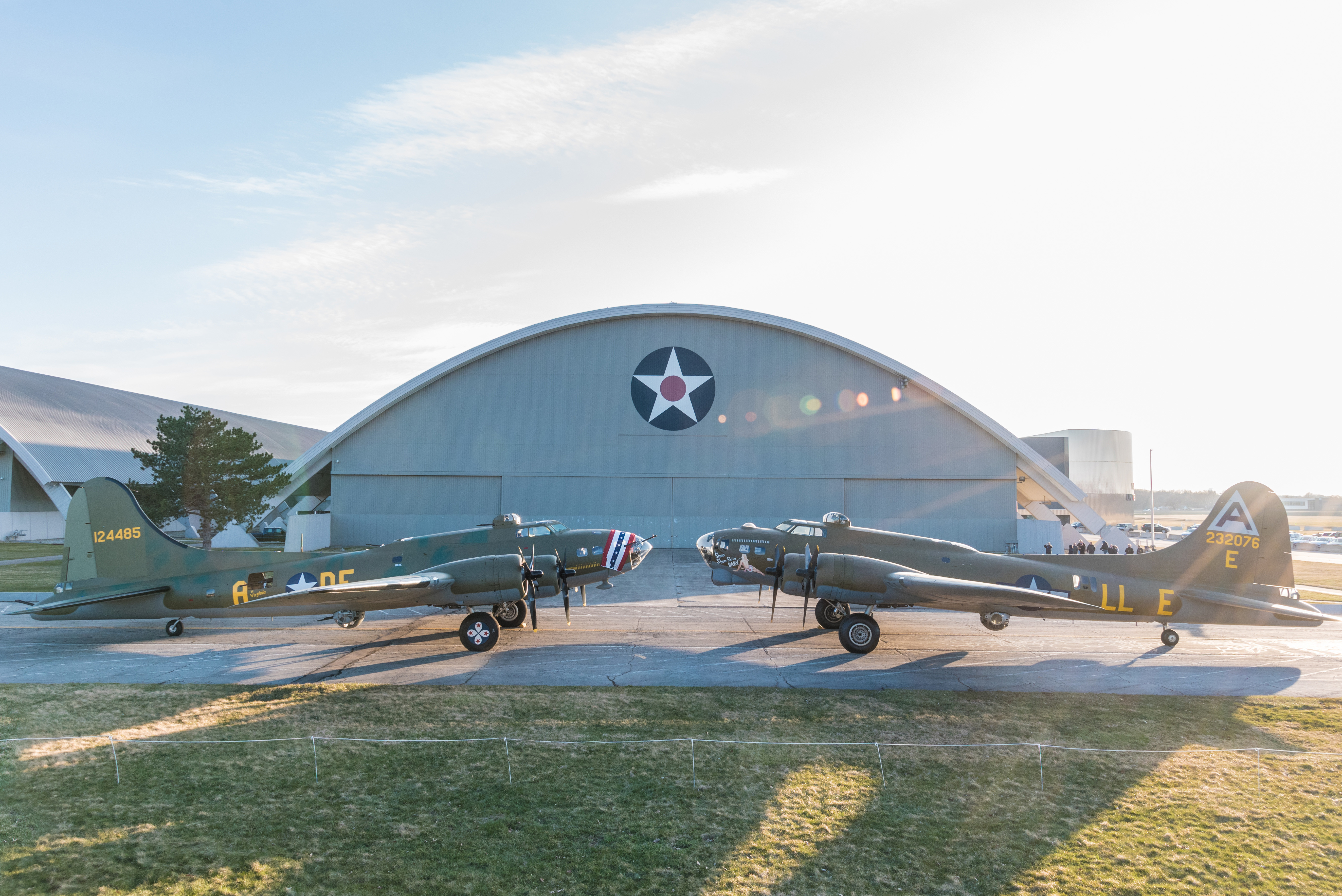
Related Articles
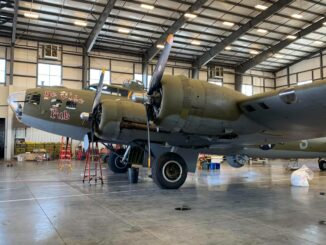
Randy’s Warbird Profiles: Boeing B-17G Flying Fortress N3701G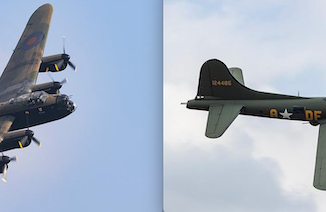
Experience B-17G ‘Sally B’ and RAF Avro Lancaster Soaring Together…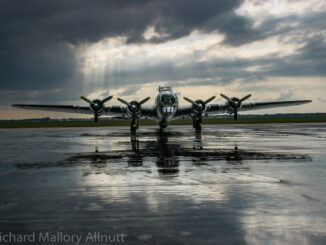
B-17 Yankee Lady Has a New Home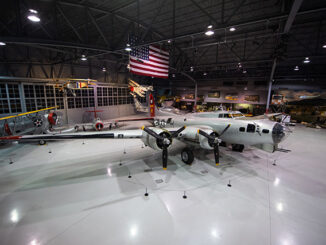
B-17 Aluminum Overcast Now Featured at EAA Aviation Museum’s Eagle…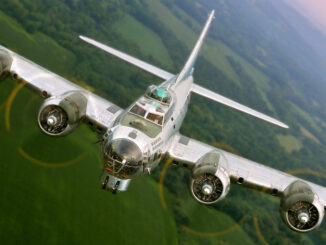
AeroVintage’s World B-17 Update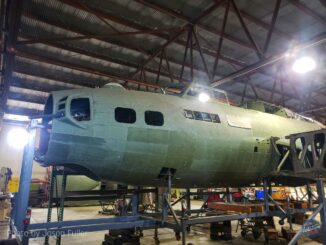
B-17 Liberty Belle Restoration – Don Brooks Interview
"Haritima Maurya, pen name, ""Another Stardust,"" has been passionate about writing since her school days and later began sharing her work online in 2019. She was drawn to writing because of her love for reading, being starstruck by the art of expression and how someone can make you see and feel things exclusive to their experience. She wanted to be able to do that herself and share her mind with world cause she believes while we co exist in this beautiful world least we can do is share our little worlds within.
As a commercial pilot, Haritima balances her passion for aviation with her love for storytelling. She believes that, much like flying, writing offers a perspective beyond the ordinary, offering a bridge between individual experiences and collective understanding.
Through her work, ""Another Stardust"" aims to capture the nuances of life, giving voice to moments that resonate universally. "




Be the first to comment
Graphic Design, Branding and Aviation Art